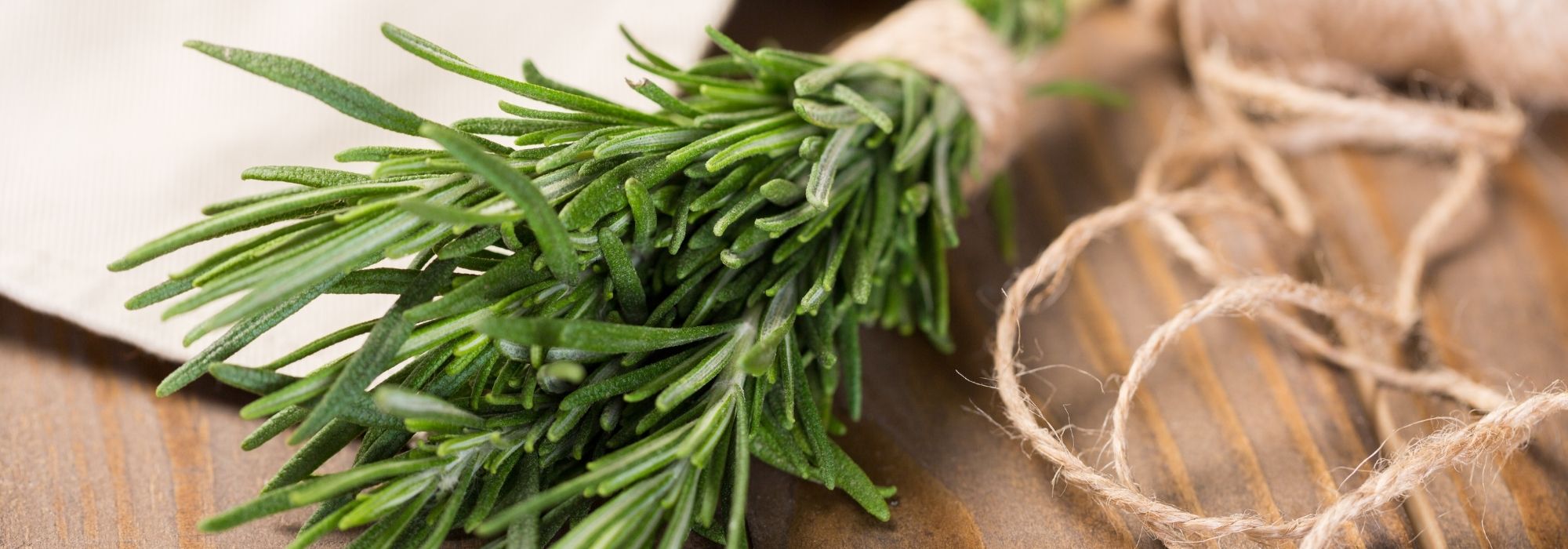
Rosemary: how to preserve and use it?
Conservation techniques and uses
Contents
Typical evergreen shrub of Mediterranean regions, rosemary nonetheless finds its place in many gardens with well-drained soil. It possesses multiple culinary qualities that make it one of the most appreciated aromatic plants. The Rosmarinus officinalis, or common rosemary, is the most widespread, but over 150 varieties are counted, differing in size, habit, and flower colour.
To enhance the flavour of grilled fish or meat, stews, or to scent desserts made with peaches, apricots, or figs, rosemary works wonders! Rosemary infusion was once used since antiquity for its benefits and incomparable taste.
When and how to harvest it?
Branches can be harvested all year round, preferably taking young shoots to maximise the flavour of rosemary. Flowering dates vary depending on climatic conditions and varieties, but harvesting before the flowers appear promises a more fragrant yield.
It is best to pick rosemary on dry days, especially if you plan to dry it for preservation. Ideally, it should be harvested in the middle of the day, on sunny days.
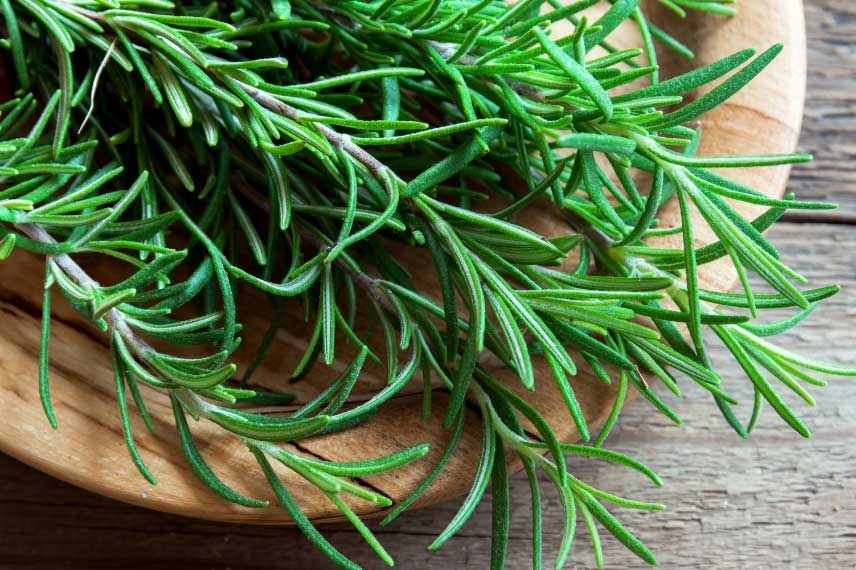
Read also
Rosemary: planting, benefits, harvestHow to preserve and dry it?
Drying preserves the active principles and aromatic qualities of rosemary. It is an ancient technique that dehydrates the plant to preserve it and prevent it from rotting. Drying rosemary can be done in several ways: in the open air, in the oven (traditional or microwave), or using a dehydrator.
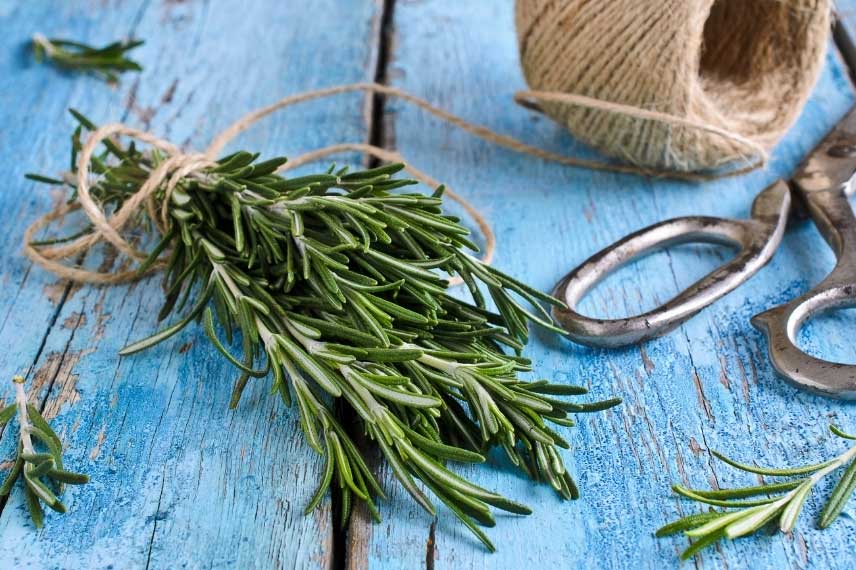
Air drying
The drying of rosemary stems is ideally done by grouping them into small bunches and hanging them upside down in a dry, airy room. Depending on the conditions, drying will take between two and three weeks.
Oven drying
The oven drying method involves spreading the rosemary sprigs on a tray and placing it in the oven at the lowest temperature (between 40 and 60°C) for about 3 hours, with the door slightly open. The stems should be stirred regularly to ensure even drying.
Microwave drying
Rosemary should be placed in a single layer on a dish between two layers of absorbent paper. Drying is done at maximum power, initially for 3 minutes. If your rosemary is not sufficiently dry, add 30 seconds of drying and continue this way until the sprigs are completely dry, turning the leaves each time.
Dehydrator drying
Dehydrator drying is done in the same way, spreading the sprigs on the tray. Depending on the models and the moisture content of the stems, the drying time will take between 4 and 6 hours.
Whichever method you choose, once dry, the leaves of rosemary should be brittle. Dried rosemary should be stored away from light, in an airtight container. It will be used to make delicious infusions and to flavour dishes. When ground and added to salt, it will give it a taste of the south!
Discover other Herb perennials
View all →Available in 2 sizes
Available in 2 sizes
Available in 2 sizes
Available in 1 sizes
Available in 1 sizes
Available in 1 sizes
Available in 1 sizes
Available in 2 sizes
Available in 1 sizes
Available in 3 sizes
Freezing fresh rosemary
It is entirely possible to freeze rosemary in whole sprigs, which will retain all its aroma for 2 to 3 months.
You can also prepare flavourful cooking ice cubes by mixing olive oil and chopped rosemary—possibly combined with thyme—in ice cube trays. The same method can be used with water ice cubes.
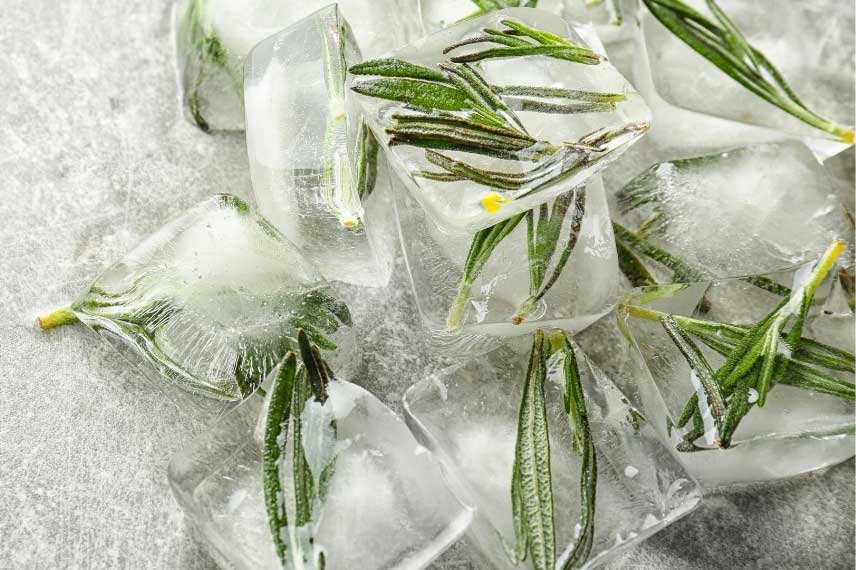
You can also make a flavoured butter by mixing rosemary with butter. Wrapped in aluminium foil and frozen, this butter can be used to flavour your dishes for up to 12 months!
Conservation in oil
It is very easy to make a delicious rosemary-infused oil. To do this:
- Fill a jar or small glass bottle with rosemary (about 1/3 of the volume);
- Cover with good quality olive oil preferably;
- Let it sit for about 1 month;
- Then, filter the infused oil and store it away from light and heat.
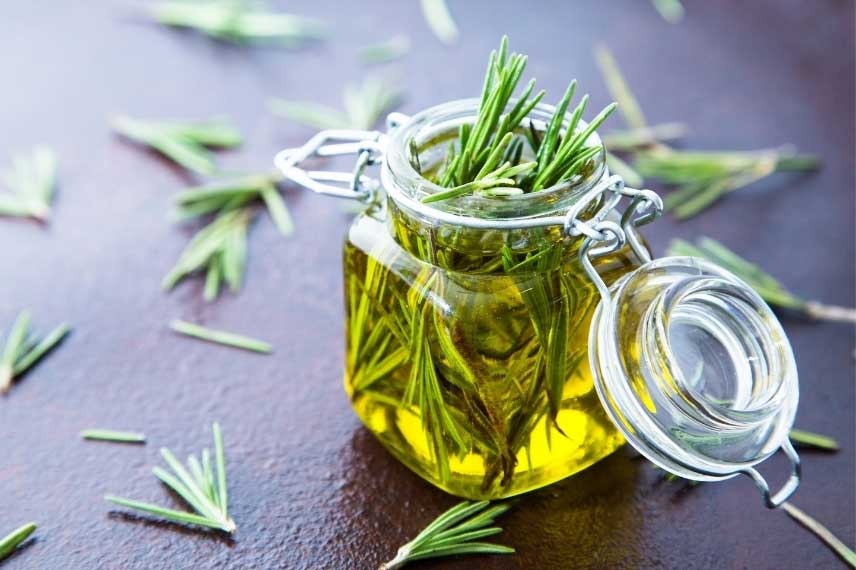
Rosemary herbal tea
Native to the Mediterranean regions and belonging to the Lamiaceae family, rosemary grows wild throughout the Mediterranean basin. Its fine, leathery leaves release a volatile essential oil that gives it its aromatic properties.
It has been cultivated and used since antiquity. Its melliferous flowers delight bees that come to forage during a time of year when flowers are still scarce, as in mild climates, rosemary often blooms continuously from September to March.
The benefits of rosemary herbal tea
Rosemary infusion stimulates blood circulation and digestion. It has a diuretic effect and promotes sleep thanks to its relaxing action. Breathing in the scent of rosemary helps to relax and avoid mental overexertion! Finally, rosemary infusion applied as a rinse on hair strengthens it, makes it shiny, and stimulates its growth.
How to make a rosemary infusion?
Rosemary infusion or tea: steep 1 to 2 g of dried rosemary in 150 ml of boiling water for 10 minutes. You can add a little lemon juice and sweeten with honey. It can be taken 2 to 3 cups a day.
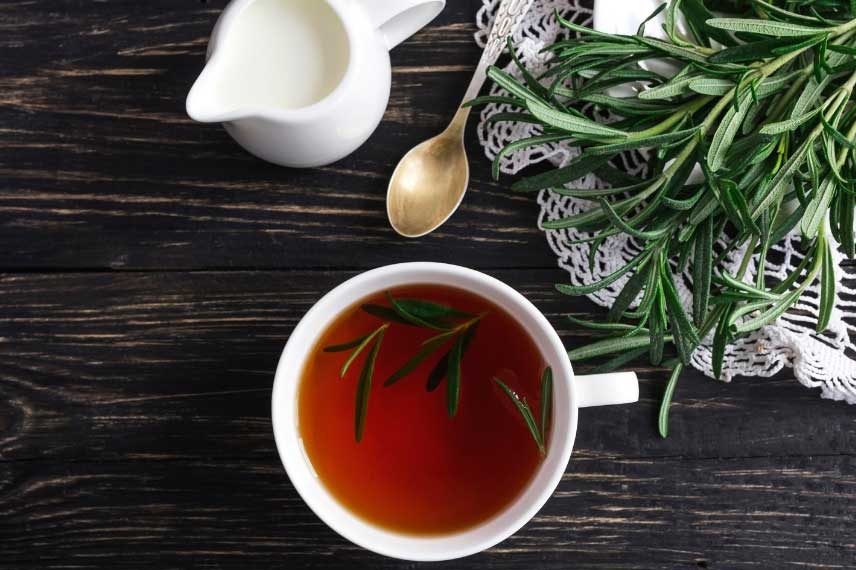
For further reading
- Find all our rosemary varieties.
- Discover our tips to prevent and treat rosemary diseases and parasitic issues.
- Here’s a small selection of drought-resistant perennials, perfect for gardens without watering!
- Explore our selection of 15 medicinal plants with numerous benefits… to grow in your garden!
- Rosemary is among the anti-moth plants: discover how to use it for this purpose.
- Subscribe!
- Contents
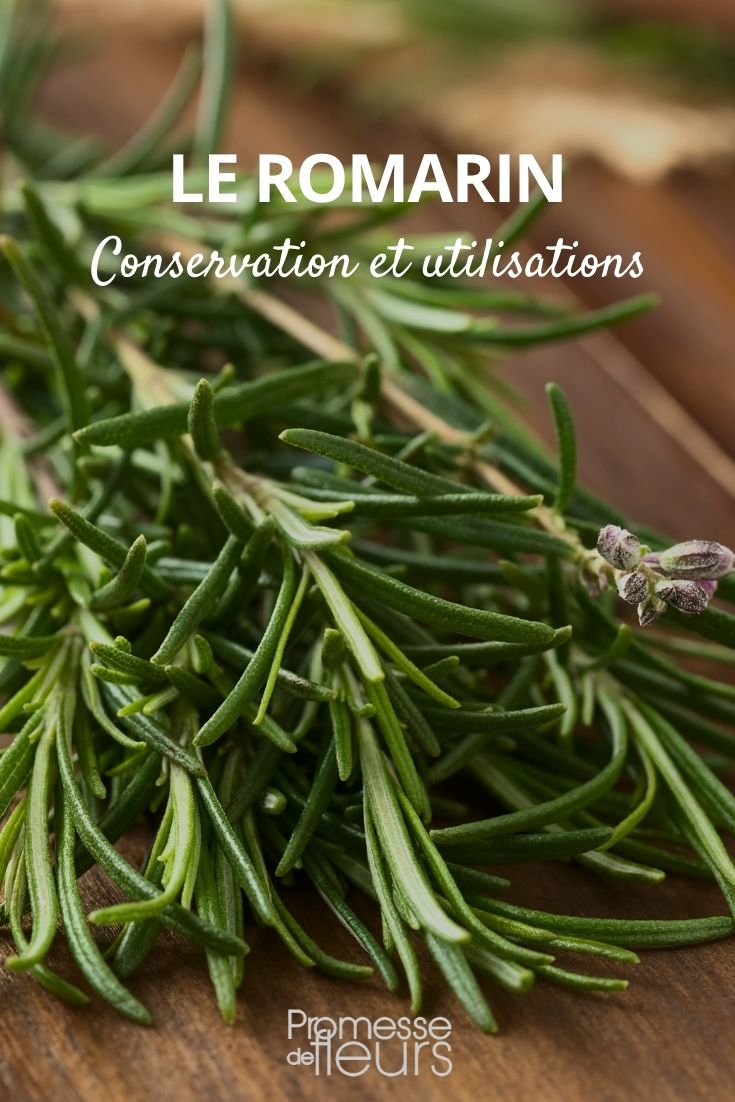































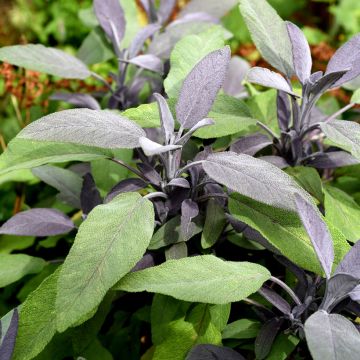
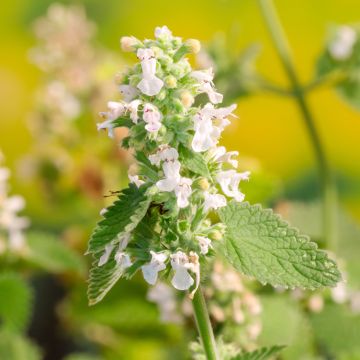

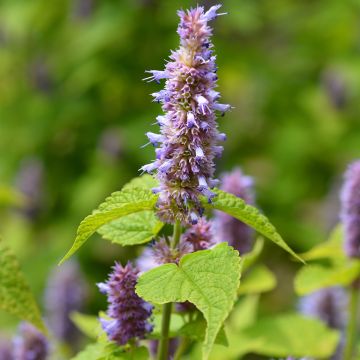





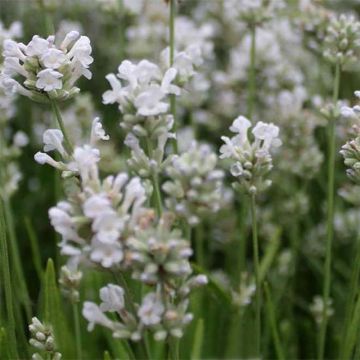
Comments